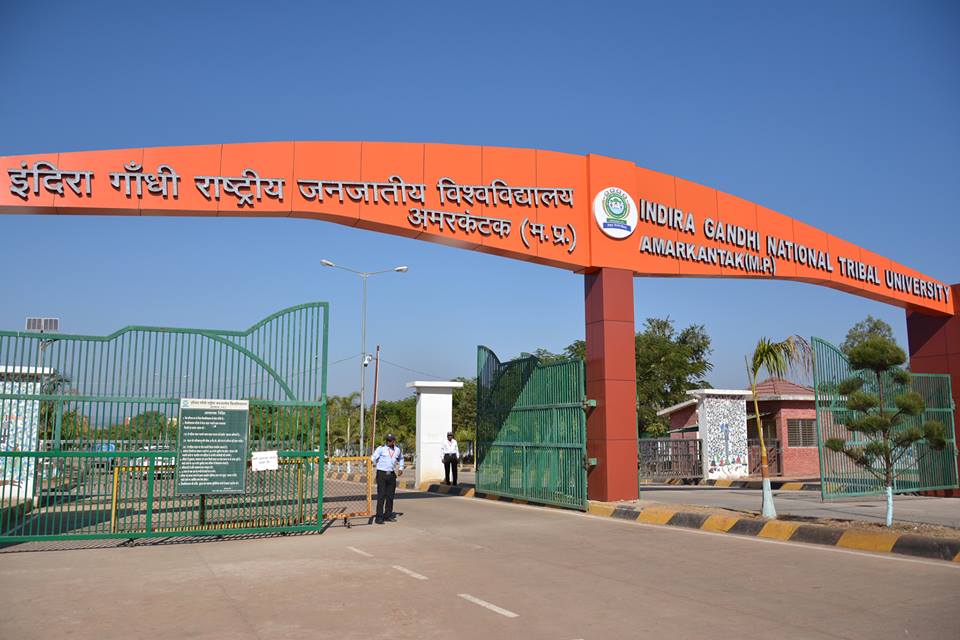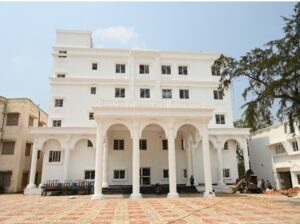Mumbai: Joint Admission Test for MSc (JAM), popularly known as JAM, a pan-India competitive admission test. JAM) is being conducted from 2004 to provide admissions to MSc (Four Semesters), Joint MSc-PhD, MSc-PhD Dual Degree, MSc-MTech, etc programmes at the Indian Institutes of Technology (IITs) and Integrated PhD Degree Programmes at Indian Institute of Science (IISc), Bangalore for consolidating Science as a career option for bright students.
In addition to admission in IITs and IISc, Bangalore, JAM results are used for Centralized Counseling for MSc/MSc (Tech) programmes for National Institutes of Technology (NITs) via CCMN. Here, SkillOutlook presents seven key points of JAM exam, which may help students who are aspiring to pursue MSc programmes in IITs, IISc and NITs.
1 JAM-Common admission process in Post-Bachelor’s Degree Programmes in Sciences at IITs & IISc: The performance and rank in Joint Admission Test for MSc (JAM) is used for admissions to MSc (Four Semesters), Joint MSc-PhD, MSc-PhD Dual Degree, MSc-MTech, etc programmes at IITs and Integrated PhD Degree Programmes at IISc, Bangalore. On the basis of performance in JAM 2017, for each test paper, separate merit lists are prepared for General (GEN), OBC Non-Creamy Layer (OBC-NCL), SC, ST, and Persons with Disability (PwD) category candidates. Once JAM exam is over, common JAM admission process kickstarts for admission to these programmes at IITs.
2 JAM Results also shared with other institutes such as NITs and IISER: In addition to IITs and IISc, IISER Bhopal, IISER Pune and NITs use the score and rank of JAM for admission to MSc programmes. The candidate, if desires, should directly apply to these institutes after appearing JAM Exam. For NITs, the admission to Post Graduate programmes takes place though Centralized Counselling for MSc/MSc (Tech) for NITs (CCMN) Institutes.
3 JAM conducted in seven subjects: JAM 2017 examination has been conducted in seven subjects, also referred to as Test Papers, of Biological Sciences (BL), Biotechnology (BT), Chemistry (CY), Geology (GG), Mathematics (MA), Mathematical Statistics (MS) and Physics (PH).
4 Eligibility Conditions: All Applicants admitted through JAM should have a Bachelor’s degree. At least 55% aggregate marks, without rounding off, (taking into account all subjects, including Languages and Subsidiaries, all years combined) for General/OBC-NCL Category Applicants and at least 50% aggregate marks, without rounding off, (taking into account all subjects, including Languages and Subsidiaries, all years combined) for SC/ST and PwD Category Applicants in the qualifying degree.
5 Tentative Schedule: The organizing institute (mainly any IITs or IISc) releases notification in the month of August each for the conduct of JAM Exam. The online application window commences in the first week of September. The exam is held in 1st week or second week of February in each year.JAM 2017 exam was held on 12 February 2017 (Sunday).
6 Exam Pattern: JAM 2017 was conducted in online mode only. JAM 2017 was conducted for a total of seven test papers divided into 2 sessions. The first session was held for subjects three subjects: Mathematics, Biological Science, Physics while the second Session was held for Mathematical Statistics, Geology, Biotechnology and Chemistry papers. The duration of test was 2 hours and 30 minutes duration. As per JAM 2017, the each test paper has 60 questions with 100 marks in total. Each test paper of JAM 2017 has 3 sections: Section A, B and C. In JAM 2017, there was negative marking for multiple choice questions.
7 Rank and Merit List system: For each test paper in JAM 2017, an All India Rank (AIR) has been assigned to all the qualified candidates based on the performance of the candidates in the test paper.
For each test paper, an All India Merit list has been prepared based on AIR. The number of candidates included in the All India Merit List depend on the total number of seats available in each category (OBC-NCL, SC, ST, and PwD) in a given subject. These candidates (henceforth called Qualified Candidates) are eligible to apply for admission to any of the corresponding academic programmes available at IITs. Please note that the number of category-wise (OBC-NCL, SC, ST, and PwD) candidates included in the All India Merit List is based on the category declared by the candidates in their application.
The Score Card (indicating the All India Rank(s) and the mark(s) obtained by the candidate) is generally available to qualified candidates for download from the JAM official website.








